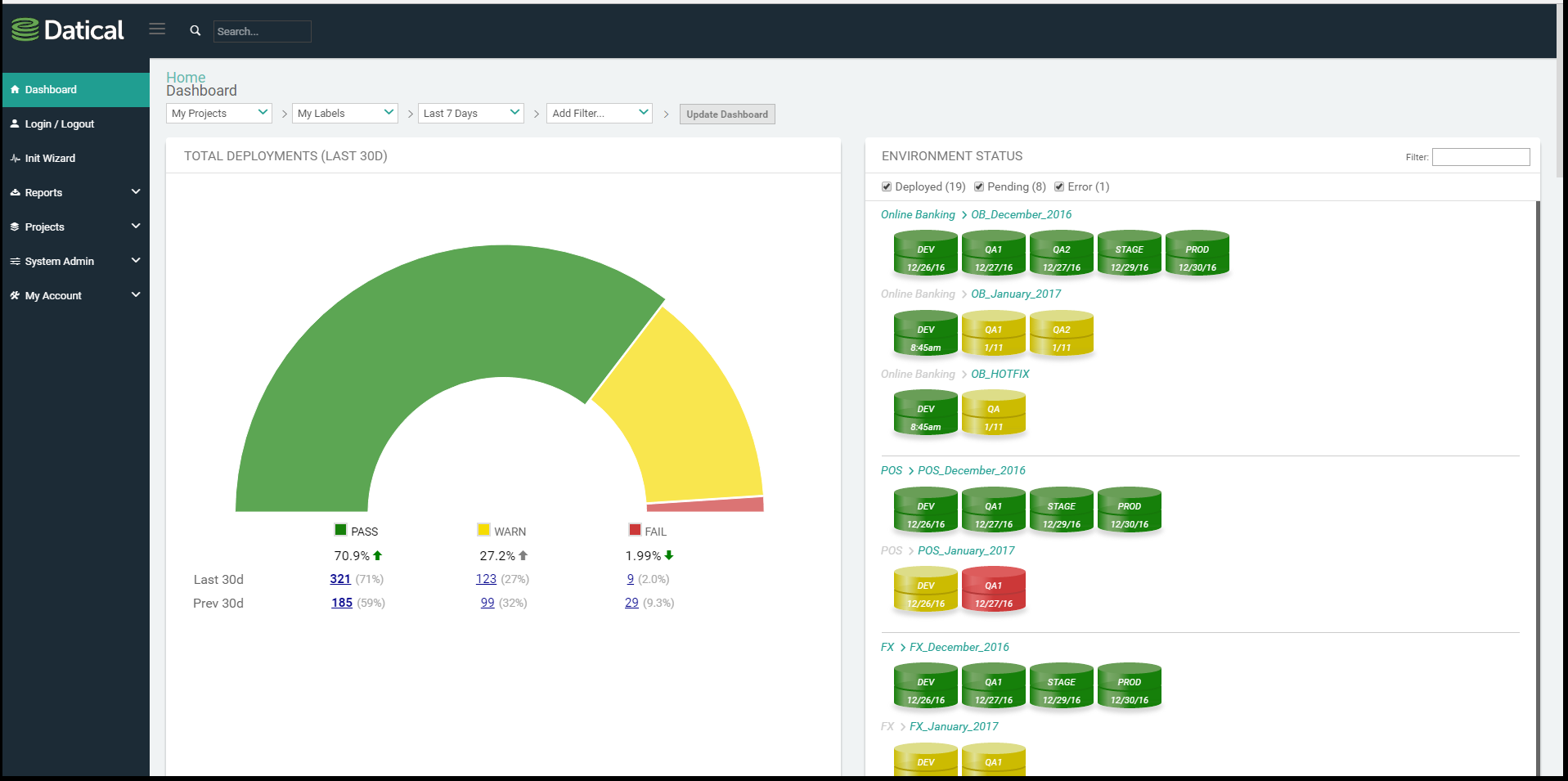
New research from Datical suggests that it’s time for companies to shed their old ways of updating databases, and welcome modern database release processes to get over the speed bumps that slow down organizations on their road to digital transformation.
Datical, a database software company, found one agreement from the database managers and IT leaders it polled. In its survey, which looked at the biggest delays to digital transformation initiatives, it found the process of database management and updating the databases is a huge bottleneck for application development.
(Related: Redgate finds that databases are a common bottleneck for DevOps)
A major finding from the survey highlights the need for new solutions for updating the database, where 91% of respondents reported that the process of updating and changing databases delays application release time, according to Robert Reeves, CTO of Datical.
After reviewing the findings, he said he is shocked that companies are still updating their databases “the same way we did in the 1990s.”
As releases for applications continue to speed up, the rate of changes to the databases need to also move at the same pace. From the survey, a clear majority of database administrators (67% of data administrators) said that the length of time needed to complete a change request has increased in the last 12 months.
Also, the pace of database releases appears to have led to an increase in database errors, with almost one-third of IT executives highlighting that they have seen an increase over the last 12 months in error rates in production, caused by bad database changes.
From a business standpoint, tackling these database challenges will help companies release software at the pace of agile and DevOps. However, there is a people-management factor in all of this that shouldn’t be ignored, according to Reeves.
For instance, if developers have to wait months to get their code out and into production, then they aren’t really seeing “the fruits of their labor,” said Reeves, which can frustrate today’s technical employees.
“If we shorten the release cycle and make it easier for developers to get their software out, as a businesses we are going to see more value from that,” he said. “But let’s talk about self-actualization. If I am a developer, do I really want to wait to see my code show up on my mobile phone and get through production and finally released?”
What is particularly frustrating from Reeves’ perspective is that the problem of release automation has already been solved, and there are plenty of solutions and strategies available for companies to take advantage of. Fortunately, some IT managers are taking advantage of them, and it’s only a matter of time until database release automation is as prevalent as the cloud or DevOps, he said.
Still, 19% from the survey said their organization is evaluating such automation, and more than three quarters (77%) said that they are already adopting or actively planning to adopt automation.
One suggestion from Reeves is to get IT leaders from the top to come in and find more modernized, improved ways of managing the database, instead of continuing to use outdated methods. He said companies need to tackle this issue with database automation; after that, companies can “lather, rinse and repeat” through the process of eliminating other bottlenecks.
“There needs to be leadership from the top that says ‘We need to change,’ ” said Reeves. “The second thing is there needs to be an understanding that you ‘eat the elephant one bite at a time.’ DevOps is not a process that we buy; we need to continually look at how we can get software out the door and look at our biggest bottlenecks and eliminate them.”






